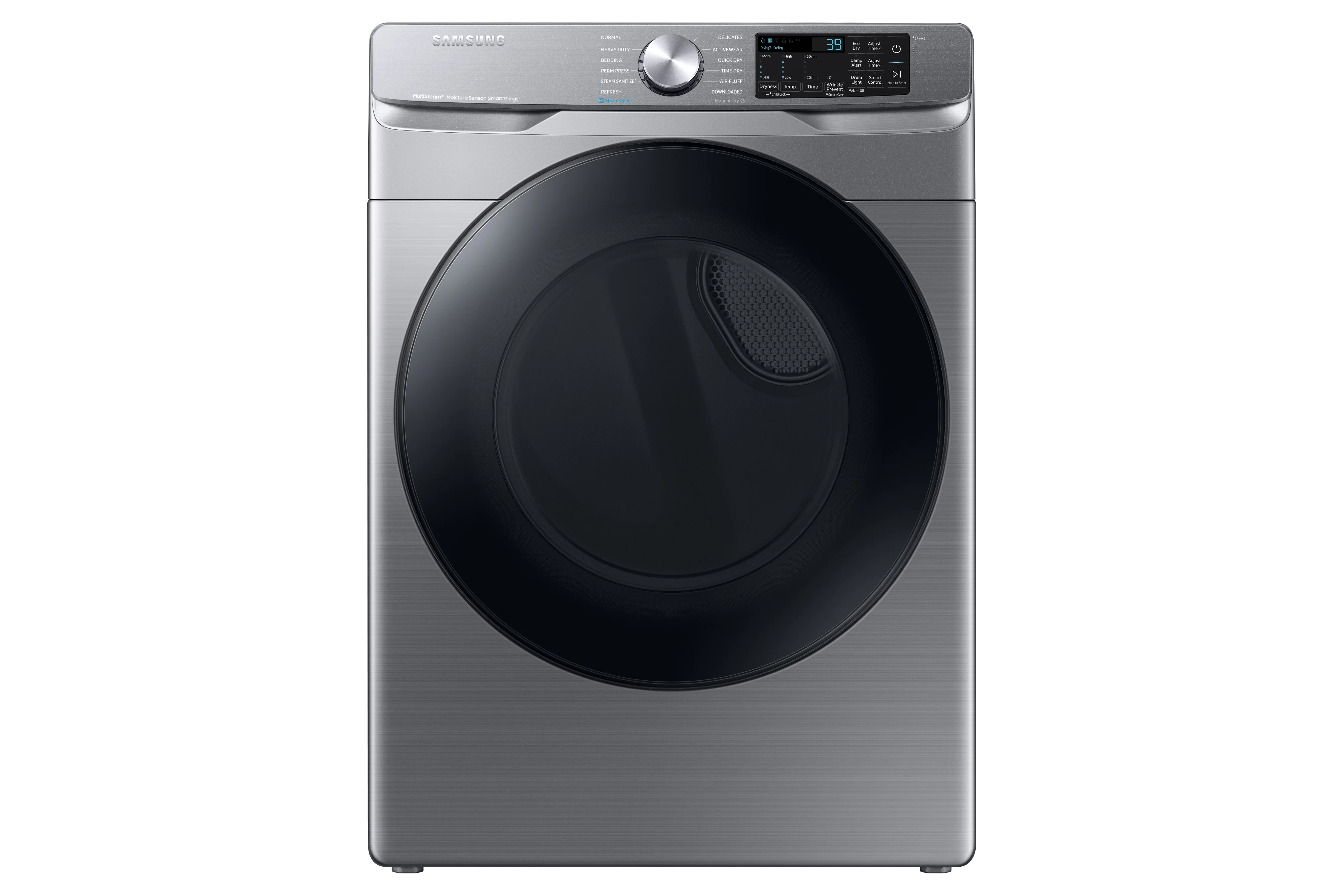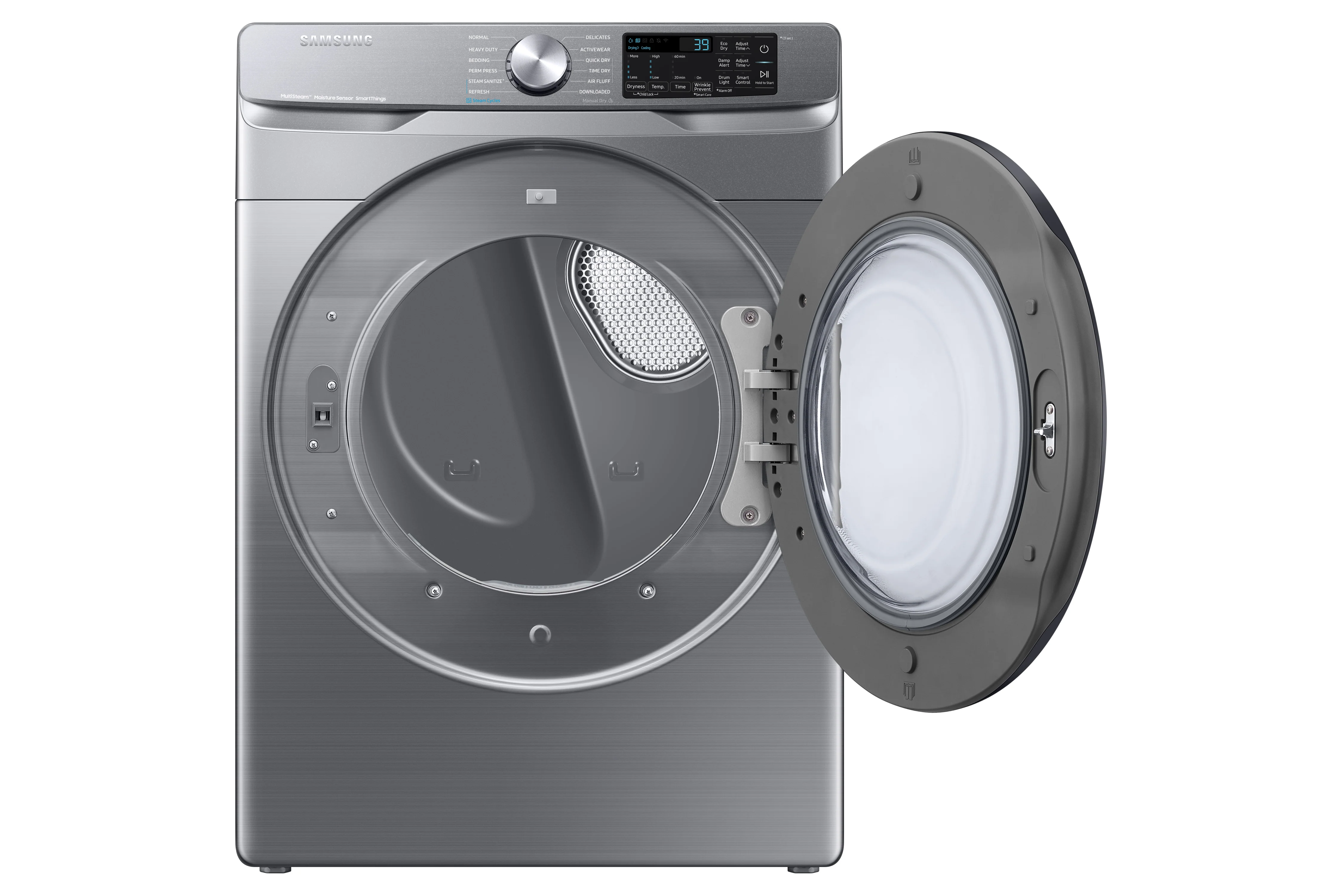Stainless steel appliances have become the de facto choice for modern kitchens due to their sleek, timeless aesthetics, and superior durability. However, these beautiful additions to our homes do come with a caveat: keeping them clean and streak-free can be challenging. Through trial and error, I have discovered that the key to maintaining the shiny appeal of these kitchen appliances lies in using the right cleaning methods and materials. Ensuring your stainless steel appliances stay looking their best not only maintains the appeal of your kitchen but also prolongs their lifespan and functionality.
In this article, we’ll cover:
- Natural Cleaning Methods
- Store-Bought Cleaning Methods
How Often to Clean Stainless Steel Appliances
There are two levels of cleaning to consider when it comes to stainless steel appliances: Basic cleaning and deep cleaning. Basic cleaning can be performed daily or as needed mainly to remove fingerprints, smudges, and food spills. Deep cleaning is less frequent, usually once a month or as stains and grime accumulate on the stainless steel surface. It involves a more thorough cleaning to restore the surface's shine and remove accumulated grime.
Several factors dictate the frequency of deep cleaning. Here are two major factors that you can consider to schedule a basic or deep cleaning of your stainless steel appliances.
Appliance Usage: Appliances that see regular use, such as stovetops, refrigerators, etc. are often subjected to various spills, splatters, and smudges, which necessitate a more rigorous and frequent cleaning schedule. If left unattended, these elements can lead to stubborn stains that mar the aesthetic appeal of their stainless steel surface. On the other hand, an oven, which may only be used occasionally, won't see the same level of dirt and grime buildup and will require deep cleaning less frequently.
Location of the appliance: The location of an appliance within your home significantly influences the frequency of necessary deep cleaning. For instance, appliances situated in areas susceptible to high levels of dust or airborne grease, like those in proximity to a cooking area, are exposed to a constant barrage of particulates. These particulates tend to stick to surfaces, forming a layer of grime over time that requires frequent deep cleaning. Likewise, an appliance placed near windows or exterior doors might gather dust or pollen, leading to a dull surface faster. The process of accumulation can be slow and almost imperceptible, but the impact on the stainless steel’s lustre is undeniable. Understanding the effects of an appliance's location is crucial to maintaining its polished appearance and determining a suitable cleaning schedule.
Cleaning Stainless Steel Appliances Do’s and Don’ts
Stainless steel owes its remarkable durability and attractive finish to its chromium-rich surface. This unique characteristic allows the material to form an invisible, protective layer, effectively shielding it from rust and tarnish. However, while this inherent resilience makes stainless steel a popular choice for appliances, it doesn't render it immune to all damage. The protective layer can indeed be compromised through improper cleaning techniques, leading to a dull and lacklustre appearance over time. To prevent damage and ensure longevity, there are certain practices to embrace and others to avoid when cleaning these appliances, whether you're conducting a basic wipe-down or an extensive deep clean. Here are some dos and don'ts of cleaning that can be helpful.
| Cleaning Stainless Steel Appliances Do’s | Cleaning Stainless Steel Appliances Don’ts |
| Do 1. Always wipe and clean in the direction of the grain to avoid scratching the surface | Don’t 1. Leaving spills unattended can damage the protective layer. |
| Do 2. Use a soft cloth or non-abrasive sponge to avoid ugly marks. | Don’t 2. Chlorine-based cleaners and abrasives can ruin the sheen. |
Supplies for Cleaning Stainless Steel Appliances
The supplies you'll need can vary depending on whether you're using a natural cleaning method or store-bought products:
• Natural Cleaning Supplies: Natural cleaning supplies like vinegar and baking soda offer an Eco-friendly and effective way to clean stainless steel appliances. Vinegar is a powerful acidic cleaner that easily cuts through grease and grime without damaging the protective layer of the stainless steel. Baking soda serves as a gentle abrasive cleaner, capable of removing stubborn, baked-on food residue without scratching the surface. The list also includes a clean soft cloth to wipe up the surface.
• Store-bought Cleaning Supplies: Stainless steel cleaners, available in various forms such as sprays, wipes, or creams, often contain surfactants and solvents that effectively remove grease, grime, and fingerprints. When shopping for a stainless steel cleaner, look for a product that promises to clean, shine, and protect the surface. It should leave a streak-free finish and resist fingerprints for a lasting shine. Paired with a stainless steel cleaner, a microfiber cloth is a must-have tool. Its soft texture ensures gentle cleaning, and its high absorbency helps in the efficient removal of the cleaning agent, reducing the chance of streaking and enhancing the overall shine of the surface.
How to Clean Stainless Steel Appliances: Tried and True Methods
Choosing the right method to clean stainless steel appliances can seem daunting given the abundant options available, but the task becomes manageable when you understand the advantages of each method. Natural cleaning methods, such as using vinegar or baking soda, are simple, cost-effective, and environmentally friendly. These household ingredients are readily available and can effectively cut through grease and grime without harming the stainless steel surface. Their gentle nature makes them suitable for regular cleaning, ensuring your appliances maintain their lustre.
In contrast, store-bought cleaning products offer a high degree of convenience and increased cleaning potency, making them a suitable choice for tackling stubborn stains or heavily soiled appliances. These products are formulated specifically for stainless steel, often promising to clean, shine, and protect the surface in a single step. Additionally, these cleaners can leave a protective layer that helps resist fingerprints and smudges, maintaining the shine for a longer period.
Natural Cleaning Methods
Natural cleaning methods and not just budget-friendly because you are using ingredients from your kitchen; they are also great for routine cleaning your appliances to remove the light accumulation of grease or stains. Two natural methods can handle different steel surfaces brilliantly without requiring too much time or strenuous effort.
Method 1. Vinegar and Oil Treatment
Step 1. Spray vinegar onto the surface, and wipe it down with a soft cloth in the direction of the grain.
Step 2. After the surface is clean, dip the cloth in a small amount of mineral oil or baby oil, and wipe again following the grain to polish the surface.
Method 2. Baking Soda and Water
Step 1. Make a paste of baking soda and water and apply it to the stains or stubborn grime.
Step 2. After letting it sit for a few minutes, gently wipe it off with a soft, damp cloth, again following the grain of the steel.
Store-Bought Cleaning Method
While natural methods are effective, store-bought stainless steel cleaners often provide a quick fix, especially when dealing with stubborn stains or grime. They offer a level of convenience and potency that can save time and effort. The advantage of a store-bought cleaner is you don’t have to reach out to multiple products; it is just one product and you are set.
Method. Using a Store-bought Stainless Steel Cleaner
Step 1. Apply the cleaner according to the manufacturer's instructions, typically by spraying it directly onto the surface.
Step 2. Wipe it off using a soft cloth or sponge, again ensuring that you follow the grain of the steel.
Maintenance and Preventive Care for Stainless Steel Appliances
Cleaning stainless steel appliances need not be daunting. With the right approach, materials, and a regular cleaning schedule, your appliances can remain as shiny and attractive as the day they were installed. Remember, care and consistency are key to maintaining the elegant charm of your stainless steel kitchen.
• Tip 1. Routine Wiping: Incorporating routine wiping into your cleaning regimen can be a game changer for maintaining the pristine condition of your stainless steel appliances. Using a dry, soft cloth, gently wipe appliance surfaces daily or as often as possible. This simple practice helps prevent the buildup of dust and grime, reducing the need for intensive deep cleaning and preserving the stainless steel's attractive shine.
• Tip 2. Immediate Clean-up: Adopting a proactive approach to cleaning spills and smudges goes a long way in preserving the flawless finish of your stainless steel appliances. Whenever a spill occurs or a smudge appears, clean it up immediately using a soft, damp cloth. Allowing these substances to sit can result in the formation of stubborn stains that demand more rigorous cleaning methods. Immediate clean-up is especially important for substances like tomato sauce or wine that can cause discoloration if left unattended.
FAQs on How to Clean Stainless Steel Appliances
What is the best way to clean stainless steel appliances?
The best way to clean stainless steel appliances combines a suitable cleaning method (natural or store-bought), following the grain of the steel, and using a soft cloth to prevent scratching the surface.
What cleans stainless steel appliances without streaking?
A mixture of vinegar and oil or a quality store-bought stainless steel cleaner, coupled with cleaning in the direction of the grain, can effectively clean stainless steel appliances without leaving streaks.
Can you use Windex on your stainless steel appliances?
Yes, you can use Windex on your stainless steel appliances. However, it should be used sparingly and wiped off thoroughly to prevent streaking and potential damage to the protective surface.
What should you not use on stainless steel?
Avoid using abrasive cleaning tools and harsh chemical cleaners, especially those containing chlorine, as they can scratch and damage the protective surface of the stainless steel.














